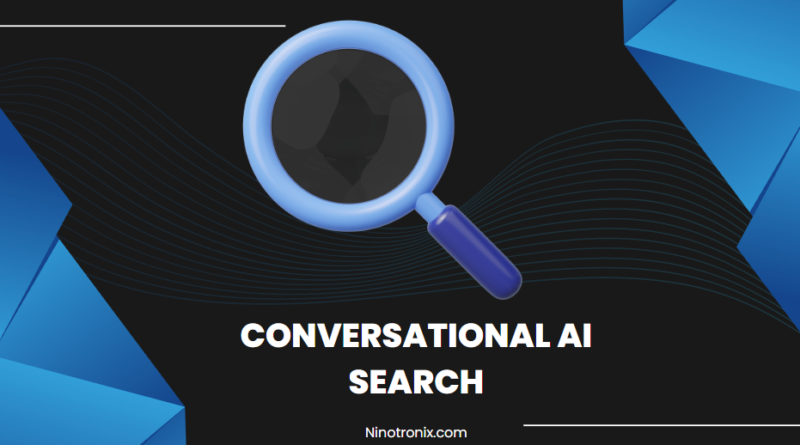Conversational AI Search: Natural Language Understanding for Interactive Retrieval
Conversational AI search represents a paradigm shift in the way we interact with search systems. By leveraging natural language understanding and advanced artificial intelligence techniques, conversational AI search enables users to engage in interactive and meaningful conversations with search systems. In this article, we explore the concept of conversational AI search and its applications in interactive retrieval. We will discuss the key principles and steps involved in building conversational AI search systems that provide enhanced user experiences and more effective information retrieval.
Understanding Natural Language Processing: Natural Language Processing (NLP) is a fundamental aspect of conversational AI search. NLP focuses on understanding and processing human language in a way that enables effective communication between humans and machines. It involves tasks such as language understanding, sentiment analysis, entity recognition, and dialogue management. By employing NLP techniques, conversational AI search systems can understand user queries, extract relevant information, and generate appropriate responses.
Step 1: Intent Recognition and Entity Extraction : The first step in building conversational AI search systems is intent recognition and entity extraction. Intent recognition involves determining the purpose or goal behind a user’s query. Entity extraction involves identifying important entities or key information mentioned in the query. By accurately recognizing user intents and extracting relevant entities, the search system can provide more precise and contextually appropriate responses.
Step 2: Dialogue Management and Contextual Understanding: Effective dialogue management is crucial for interactive retrieval in conversational AI search systems. It involves maintaining context, managing user interactions, and understanding the flow of conversation. By considering the dialogue history and maintaining contextual understanding, the search system can provide coherent and relevant responses that align with the user’s information needs.
Step 3: Knowledge Graph Integration : Integrating a knowledge graph is a powerful technique in conversational AI search. A knowledge graph represents a structured network of entities and their relationships, allowing the system to understand the semantics and connections between various concepts. By incorporating a knowledge graph, the search system can leverage the rich contextual information within the graph to provide more accurate and comprehensive responses to user queries.
Step 4: Machine Learning and Natural Language Generation : Machine learning plays a vital role in conversational AI search systems. Machine learning algorithms, such as deep learning and reinforcement learning, can be used to train models that improve the system’s ability to understand and generate natural language responses. Natural Language Generation (NLG) techniques enable the system to generate human-like responses, enhancing the conversational experience.
Step 5: User Feedback and Iterative Improvement : In conversational AI search, user feedback is essential for continuous improvement. Regularly soliciting user feedback, analyzing user interactions, and incorporating user suggestions enable iterative refinements to the search system. This feedback-driven approach allows the system to learn from user interactions and adapt to user preferences, improving the overall conversational experience and retrieval accuracy.
Step 6: Multimodal Integration : Conversational AI search can be enhanced through multimodal integration, which involves incorporating multiple modes of communication such as text, voice, images, and videos. By integrating these modalities, the search system can provide more diverse and comprehensive responses. For example, a user can ask a question using voice, and the system can respond with both spoken and visual information, creating a more engaging and interactive search experience.
Step 7: Privacy and Security Considerations : Conversational AI search systems must prioritize privacy and security. As these systems often involve user interactions and the handling of sensitive information, it is crucial to implement robust security measures to protect user data. User privacy should be respected, and appropriate measures, such as encryption and anonymization, should be employed to safeguard user information.
Conclusion : Conversational AI search represents an exciting advancement in interactive retrieval, enabling users to engage in natural and meaningful conversations with search systems. By leveraging natural language understanding, dialogue management, knowledge graph integration, and user feedback, conversational AI search systems offer more personalized and accurate responses. As the field continues to evolve, we can anticipate even more sophisticated conversational AI search systems that transform the way we search for information, enabling intuitive and interactive interactions between humans and machines.



